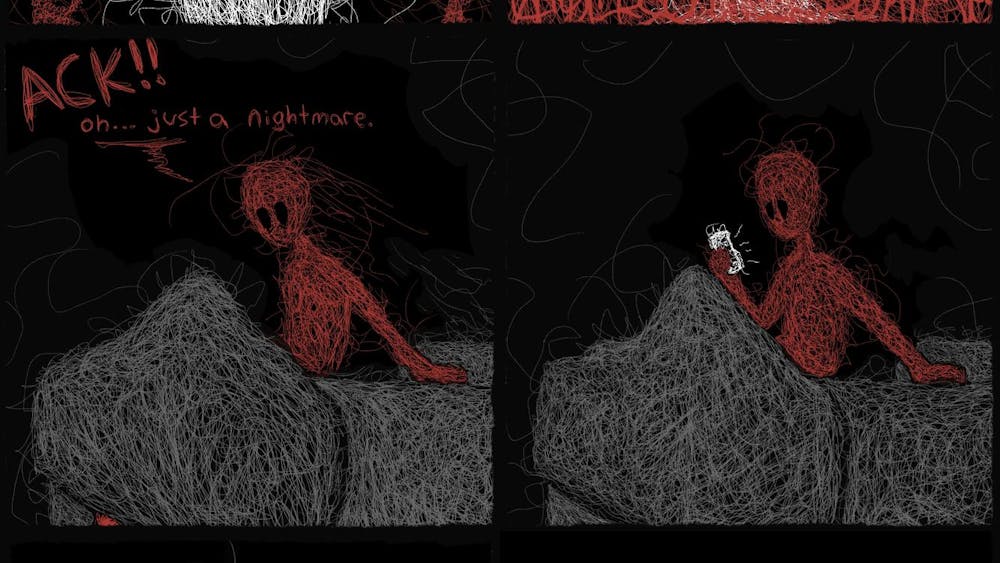All of us have grown up with St. Patrick’s Day — in elementary school, it was an excuse to dole out pinches to anyone not wearing green. Now, in college, it’s an annual drinking fest unrivaled by almost any other day.
But, despite our perceptions of St Patrick’s Day being a festival of anything green, alcoholic and Irish, its history shows some very different perspectives.
“Did you know the patron saint of Ireland wasn’t Irish?” questions Irish author Peter Quinn on a History channel broadcast. He goes on to tell the story of the day’s namesake.
St. Patrick was actually born in Britain, then a Roman colony. He was kidnapped by the Irish in a raid for slaves. When he escaped, he went to England and joined the priesthood based on a vision he had. When he returned to Ireland in 432, it was due to a call to convert the pagan Irish people to Christianity.
In St. Patrick’s autobiography, “The Confesso,” he describes his work in building schools and monasteries throughout Ireland.
As for the myth of Patrick cleansing Ireland of snakes, that is considered a metaphor for “cleansing the island of paganism,” according to History.com.
March 17 is celebrated as the death of St. Patrick, who died in 461. It has long been a day for the Irish to take off work and attend church. The accompanying feast provides a one-day reprieve from the rules of Lent – including the prohibition of alcohol.
The custom of wearing green on St. Patrick’s Day became, in America, a way for Irish immigrants to band together and show their pride for their homeland. St. Patrick’s original color was blue.
Green became associated with the day because of the Irish pride in the “Emerald Isle,” and the green of the shamrock St. Patrick used to describe the trinity, according to Christopher Cahill, an editor of the American Irish Historical Society journal and writer of books on Irish heritage.
Wearing a shamrock in your lapel was the first way to wear green – and when Irish nationalism emerged in the late 1700s, it became a political statement of Irish heritage, that was translated in the U.S. to involve putting as much green as possibly can fit on one’s person.
As for the sprightly mascots for this tradition? American views vary immensely from the original Celtic beliefs. In fact, our perceptions of leprechauns are drawn largely from “cartoons we used against the Irish in the 19th century,” explains Quinn. The pug nose, upraised fist, battered clothes were originally based on stereotypes of the Irish, held when they first began migrating to American during the Potato Famine, which began in 1845.
The leprechaun, in the original Celtic mythology, was a spirit, often depicted as a shriveled old man, and a miser – they would make shoes and hoard and treasure.
Nowadays, St. Patrick’s Day in the USA is celebrated with several long-standing events. Every year, Chicago dyes its river green, using dyes to cause a several-hour color change. This began in 1962, when sewage workers were using dye to check sewer discharges.
New York City’s St. Patrick’s Day Parade, which began in 1762, is one the oldest, and one of the largest civilian parades to date, according to history.com.
For more information, the History Channel’s www.history.com/topics/st-patricks-day is a great resource, with clips on the history of almost any aspect of the holiday.









